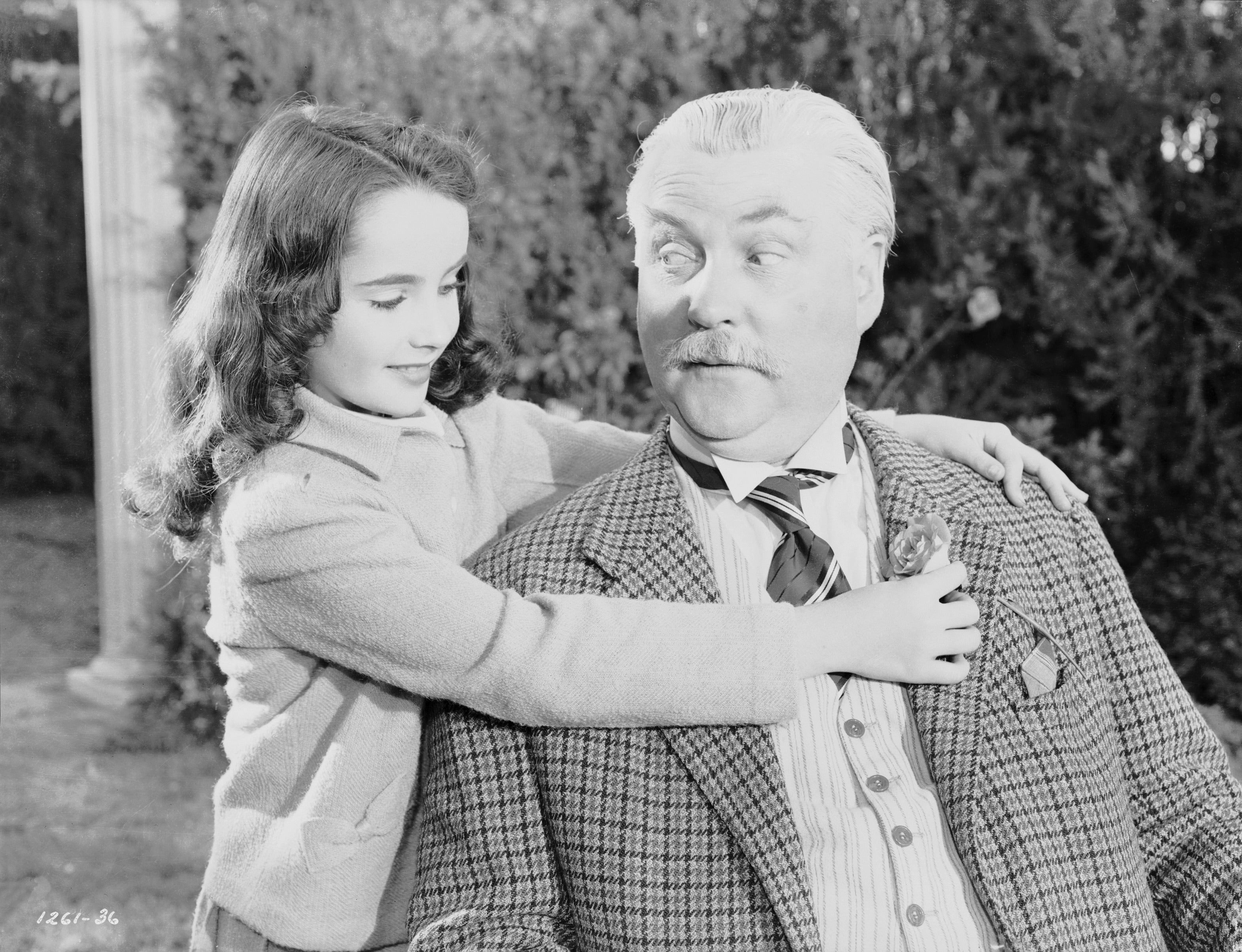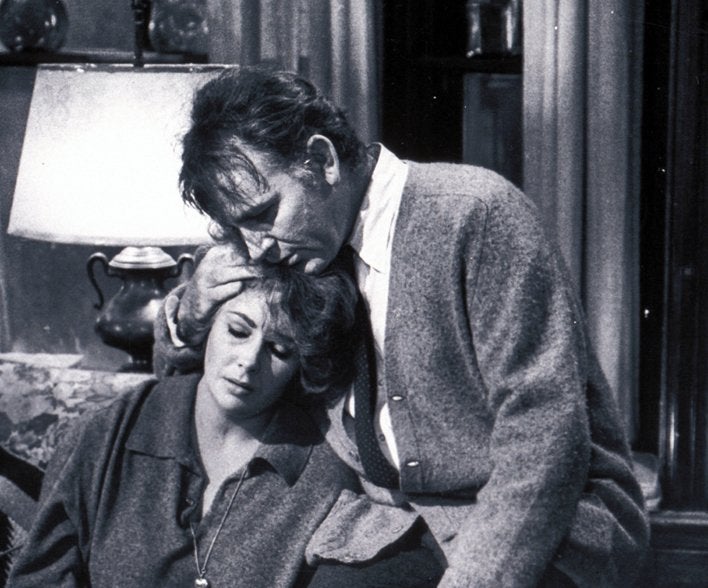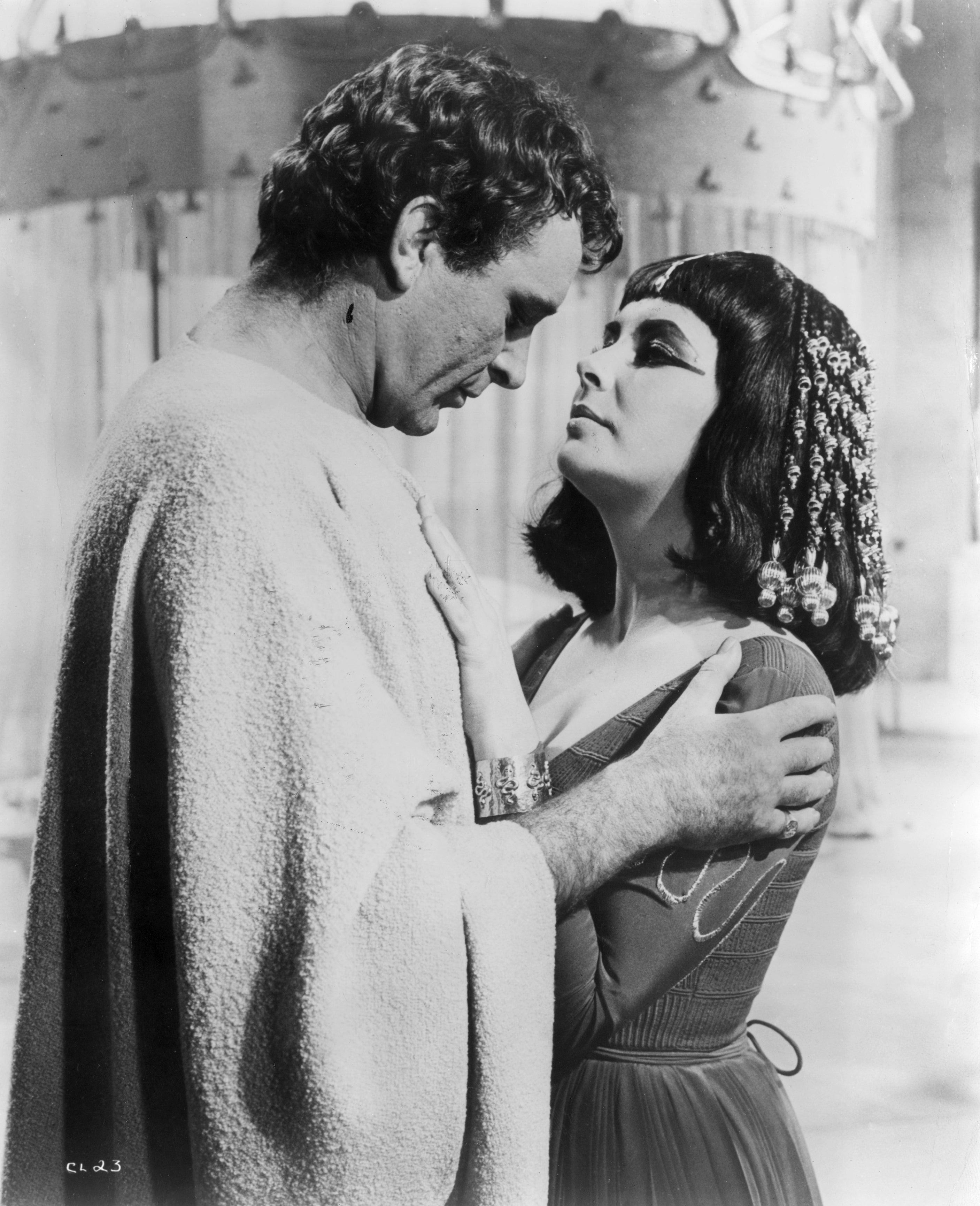‘One of the first modern celebrities’: Elizabeth Taylor was the Taylor Swift of 20th-century Hollywood
Ahead of a new documentary shedding light on the life and career of one of Hollywood’s biggest stars, Geoffrey Macnab looks at a remarkable actor whose artistry and versatility transcended the tabloid noise

Elizabeth who? When US filmmaker Nanette Burstein mentioned Elizabeth Taylor, arguably the biggest movie star of the second half of the 20th century, to her nephews, they were nonplussed. “They said to me, ‘What are you working on?’ I said I’m doing a film about Elizabeth Taylor. They said, ‘Who’s that?’ I was like, ‘Wow, OK!’ And they’re educated guys!” Burstein says. With her new HBO Original documentary Elizabeth Taylor: The Lost Tapes premiering in Cannes earlier this week, she wonders if its subject has been forgotten by a younger generation.
Taylor, meanwhile, might have welcomed their indifference. After all, she never much enjoyed her celebrity. “I don’t like fame. I don’t like the sense of belonging to the public, I like being an actress or trying to be an actress,” the Oscar-winning star of Who’s Afraid of Virginia Woolf? and Cleopatra told journalist Richard Meryman. Their conversation is among the 40 hours of recently rediscovered audio interviews from the mid-1960s that form the backbone of the documentary.
Taylor belonged to Hollywood from the start. She was a child star, first becoming a fans’ favourite opposite dogs and horses in family movies such as Lassie Come Home and National Velvet in the 1940s. She remained a household name until her death in 2011. There was a time when everyone thought they already knew everything there was possible to know about Elizabeth Taylor: her eight marriages (and seven husbands); her boozing; her movies; her intense love affair with Richard Burton and her even more intense love affair with jewellery; her Aids activism and charity work; her friendship with Michael Jackson. Hers was a life lived almost entirely in the public eye. It felt like a soap opera of which we had seen every episode. Over her 60-year career, she was slut-shamed and fat-shamed, made the butt of comedians’ jokes, treated with far less respect by critics than her male counterparts. And yet nobody ever questioned that she was true Hollywood royalty.
What still isn’t always acknowledged is how bold and eccentric Taylor often was in her film choices. Alongside her better-known roles is plenty of very left-field and surprising work. Even Taylor’s Hollywood pictures often had an edge. Neurosis and sexual jealousy were her stock in trade, and you would rarely find her in bland, picket-fence Doris Day-type vehicles. “She played a lot of strong-willed women and she took a lot of risks,” Burstein observes. “She did not shy away from edgy roles… and so many of her movies were reflective of her life.”
Burstein acknowledges her surprise at how “insecure” Taylor remained. “She was this phenomenal actress, she’s a huge movie star who has won two Academy Awards and been nominated several other times and yet she worries all the time that she is not respected as an actress; that she is seen as a sex symbol and movie star. In her eyes, a movie star is not a real actor.”
Not that Taylor was ever the shrinking type. Aged 14, she famously told the ferocious MGM studio boss Louis B Mayer to “go to hell” when he tried to cast her in a musical against her will. She never saw or spoke to him again. As she told interviewer David Frost, she also refused to apologise despite coming under intense pressure to do so. Mayer was as famous for destroying careers as he was for making them; somehow, Taylor survived his wrath and prospered without him.
Taylor remained extremely outspoken. In the audio tapes, she is heard talking frankly about the shortcomings of Butterfield 8 (1960), the drama for which she won her first Oscar. In it, she played a promiscuous fashion model, Gloria Wandrous. “I hated the film so much,” she told Meryman. “The lines were so diabolical. It was such a piece of s*** that it made me angry.” She freely admitted that if she hadn’t almost died of pneumonia and endured an emergency tracheotomy shortly before the Oscars, they never would have given her the award. “There must have been some sympathy thing – I think the film is so embarrassing,” she concluded.

Taylor’s second Academy Award was more deserved. It came for her barnstorming turn as the furious, alcoholic Martha, tearing strips off her history professor husband George in Mike Nichols’s Who’s Afraid of Virginia Woolf? (1966). That role opened new vistas for her. If she could get an Oscar for playing someone as obnoxious as Martha, then there was no reason not to take on equally wild and outlandish projects.
You could easily programme a season of Taylor’s oddities and follies from the latter part of her career – her forays into impenetrable art house cinema with director Joseph Losey; her unlikely turn as the ghostly Welsh slattern Rosie Probert entrancing Peter O’Toole’s Captain Cat in the 1971 film version of Under Milk Wood; or her various Tennessee Williams adaptations. Many of these films were commercial flops. Appearing in them would have been career suicide for other actors. But their failures never seemed to tarnish Taylor in the slightest.
She is beyond criticism… she had those violet eyes that told stories
For such a glamorous figure, Taylor also showed a remarkable lack of vanity. It’s instructive to watch her playing Miss Leonora, the sex worker, in Losey’s 1968 London-set psychodrama Secret Ceremony. Early on in the film, she is approached by the young waif-like Cenci (Mia Farrow) on a London double-decker bus. She beckons Leonora to her family mansion and feeds her an enormous breakfast of bacon, sausages and eggs. We watch as Taylor wolfs this down, pausing before letting out the most enormous burp.
Look also at Taylor in the bizarre 1974 Italian thriller The Driver’s Seat (titled Identikit in the UK), an adaptation of a Muriel Spark novella that was finally released here last year. Its distributor, the BFI, justifiably describes it as “the most obscure, bizarre and wildly misunderstood film of Taylor’s illustrious career”.

A decade after starring as Cleopatra in Joseph L Mankiewicz’s 1963 period epic, Taylor played Lise, a psychologically disturbed middle-aged woman having a series of surreal experiences in Rome. The first scene shows her having a tantrum in a department store because an assistant tries to sell her a “stain-free dress”. Interpol are after her. She’s imperious but also deeply paranoid; the most inconsequential moments of her everyday life – shopping trips, going through airport security – become moments of high drama.
“Why is everybody afraid of me?” Lise keeps on asking. She seems to be in a permanent daze. A mad Englishman played by Ian Bannen (“I have to have an orgasm a day on my macrobiotic diet”) accosts and harasses her. The film ends in morbid and baffling fashion with her seemingly trying to solicit her own murder in a graveyard.
Taylor is just as at home in The Driver’s Seat and Secret Ceremony as in any of her more mainstream Hollywood pictures. It’s intriguing to imagine the kind of work Taylor would be doing were she still around today: perhaps something akin to Demi Moore’s role as the ageing star swapping her body for a younger version in Coralie Fargeat’s bizarre new Cannes favourite The Substance or in one of Greek Oscar winner Yorgos Lanthimos’s dark, offbeat dramas.

Questions as to the bona fides of Taylor’s acting craft have also long since passed into irrelevance. She has such magnetic presence that she transcends the roles she plays and defies any accusations of slipping into high camp. As British director Nic Roeg, who directed her in the 1989 version of Sweet Bird of Youth, put it: “She is beyond criticism… she had those violet eyes that told stories.”
Burstein’s film will wrong-foot viewers who think they already know Taylor’s story inside out. It may also persuade those who’ve never heard of her, like the director’s nephews, to explore her life and work. After all, she is a far more contemporary figure than other actors of her era. Burstein describes her as “one of the first modern celebrities, probably comparable to Taylor Swift at this point”. She’s right: from love stories to anti-heroes, Taylor’s remarkable career had it all.
‘Elizabeth Taylor: The Lost Tapes’ is screening in Cannes Classics, Cannes Festival, 14-25 May. It debuts on HBO on 3 August. ‘The Driver’s Seat’ is available on BFI Player






Join our commenting forum
Join thought-provoking conversations, follow other Independent readers and see their replies
0Comments